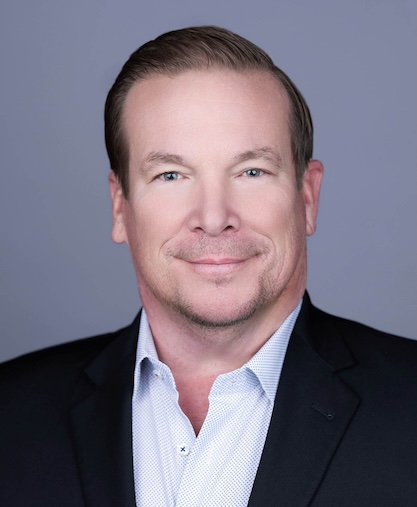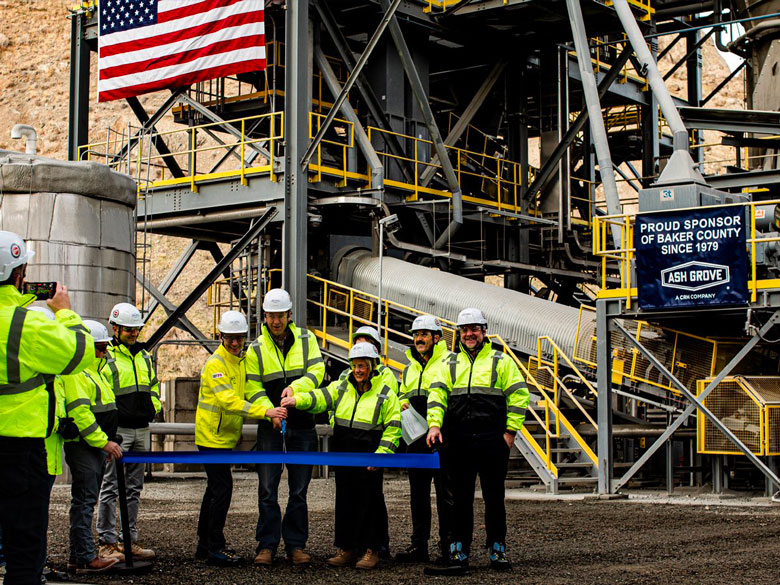LafargeHolcim’s board of directors announced the revamping of its management structure to make countries more accountable for market strategies and results in a bid to boost growth and performance.
“Establishing a market-focused management organization is an important step toward generating an attractive growth profile and taking the company to its next level of performance,” said LafargeHolcim CEO Jan Jenisch. “The strengthening of the profit and loss responsibility of the countries and the simplification of global business functions will create a leaner and more agile operating model. Countries will be fully empowered and accountable for market strategies, cost discipline and results. The new organization will be complemented by a strengthened performance management system focusing on growth, cash conversion, capital efficiency and people development.”
The 30 largest country organizations will directly report to the executive committee and the global business functions will be merged under one leadership. As a result of these changes, the executive committee will be reduced to nine members.
Western Canada chief executive officer René Thibault is appointed Head Region North America and executive committee member. He succeeds Pascal Casanova, who is leaving the producer after serving as the charter head of post-merger, North American Lafarge and Holcim businesses.
Thibault joined Lafarge Canada in 1989 and has held posts in Canada and France. He will oversee Aggregate Industries, Holcim and Lafarge businesses in the U.S. and Canada as part of a realignment that sees LafargeHolcim cement and downstream operations in Mexico brought under Region Latin America. Concurrent with the Americas moves, LafargeHolcim has appointed Marcel Cobuz as Head Region Europe and executive committee member. He has held operational and executive roles in six countries since joining Lafarge Group in 2000, and succeeds Roland Köhler, a 24-year Holcim veteran transitioning to the LafargeHolcim Foundation for Sustainable Construction chairmanship.
The restructuring comes at a time when the company is facing a criminal investigation for making payments to armed groups to keep a factory operating in Syria prior to the 2015 merger with Holcim.
Earlier this week, lawyers for human rights group Sherpa said Lafarge paid close to 13 million euros ($15.2 million) to armed groups, with a large part of the money going directly or indirectly into the pockets of Islamic State, and that payments lasted until well after the closure of Lafarge’s Jalabiya plant in September 2014.
The investigation has been unfolding for months, triggering the resignation of Eric Olsen as chief executive of LafargeHolcim in April. Olsen as well as former Lafarge CEO Bruno Lafont and the group’s former Syria chief Christian Herrault were recently placed under formal investigation in France, charged with financing terrorism and endangering the lives of others, according to multiple news reports.



